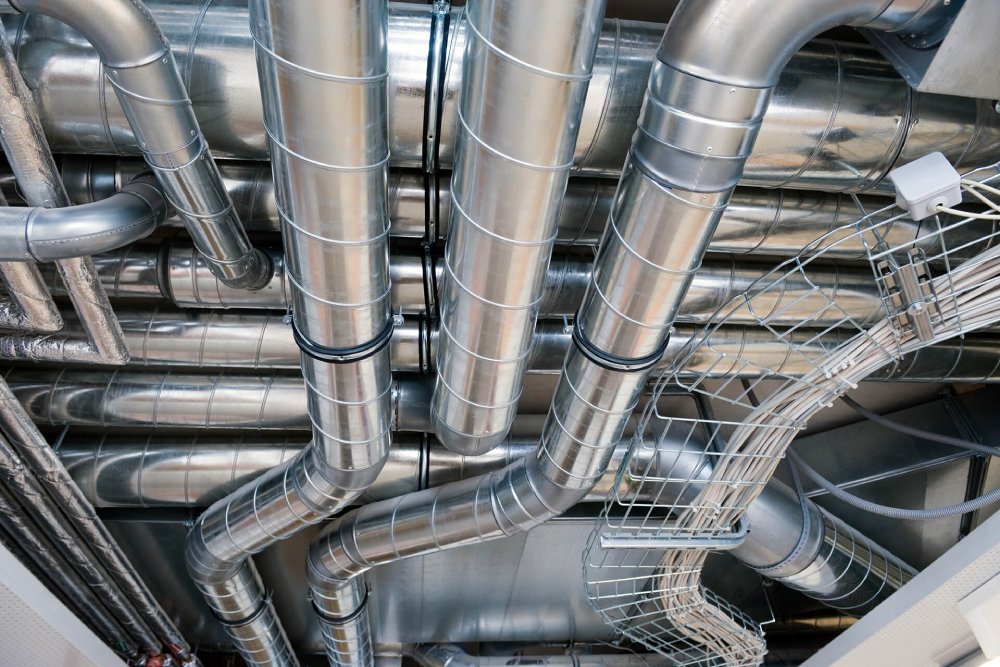HVAC Air Ducts and Spare Parts: Ensuring Efficient Air Distribution and System Performance
HVAC air ducts and spare parts are essential components of heating, ventilation, and air conditioning (HVAC) systems, responsible for distributing conditioned air throughout buildings and ensuring optimal system performance. From ductwork to dampers, these components play a critical role in maintaining indoor comfort, air quality, and energy efficiency. This article explores the importance, types, components, and maintenance of HVAC air ducts and spare parts in commercial, residential, and industrial applications.
Importance of HVAC Air Ducts:
HVAC air ducts serve several crucial functions in HVAC systems:
Air Distribution: Ducts distribute conditioned air from HVAC units to different rooms and spaces within buildings, ensuring uniform temperature and ventilation throughout.
Air Filtration: Ducts may contain filters to capture airborne particles and contaminants, improving indoor air quality and protecting HVAC equipment from debris buildup.
Noise Reduction: Properly designed and insulated ductwork can help minimize noise transmission from HVAC systems, enhancing occupant comfort and reducing noise pollution.
Energy Efficiency: Well-sealed and insulated ducts prevent air leakage and heat loss, maximizing HVAC system efficiency and reducing energy consumption and utility costs.
Types of HVAC Air Ducts:
HVAC air ducts come in various types to suit different installation requirements and performance criteria:
Rectangular Ducts: Rectangular ducts are the most common type of ductwork and are typically used in commercial and residential applications. They are available in a range of sizes and configurations to accommodate different airflow volumes and space constraints.
Round Ducts: Round ducts offer efficient airflow distribution and are commonly used in industrial and commercial HVAC systems, particularly in spaces with high ceilings or limited clearance.
Flexible Ducts: Flexible ducts are made of lightweight, flexible materials such as plastic or metal foil and are used in applications where rigid ductwork is impractical or difficult to install. They are often used in tight spaces, retrofit projects, or as connectors between rigid duct sections.
Spiral Ducts: Spiral ducts feature a spiral design and are manufactured from galvanized steel, stainless steel, or aluminum. They offer excellent strength and durability and are commonly used in industrial and commercial HVAC installations requiring high airflow capacities.
Components of HVAC Air Ducts:
Key components of HVAC air duct systems include:
Dampers: Dampers are used to regulate airflow within ductwork by adjusting the opening or closing of duct sections. They help control temperature, airflow volume, and pressure distribution in HVAC systems.
Diffusers and Grilles: Diffusers and grilles are installed at the ends of ducts to distribute conditioned air into rooms and spaces. They come in various designs and configurations to achieve desired airflow patterns and aesthetic preferences.


